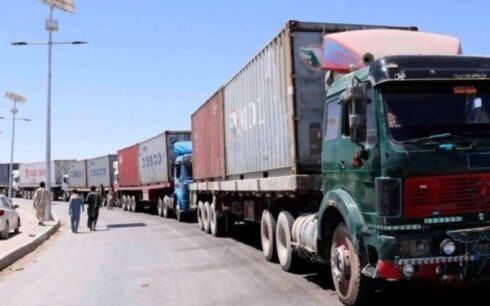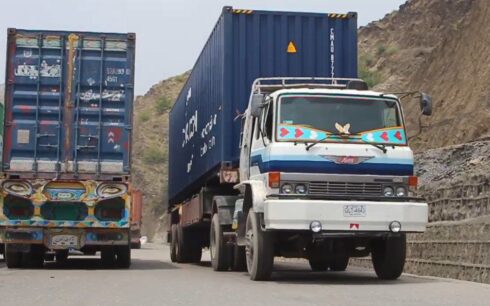The number of flights passing through Afghanistan’s airspace has surged, following escalating tensions in the Middle East, according to the Taliban’s Ministry of Transport and Civil Aviation. Over the past week, transit flights over Afghanistan have increased to 350 per day.
Data from the flight-tracking website Flightradar24 shows a 20 percent increase in flights over Afghanistan since Iran’s recent attack on Israel.
Taliban officials attribute the surge to the perceived safety of Afghan airspace, but analysts suggest it is largely due to regional instability.
Between September 20 and October 1, Flightradar24 recorded an average of 147 daily transit flights over Afghanistan. However, following Iran’s strike on Tuesday, the number climbed to 191 by Thursday—marking the highest volume of transit flights since the Taliban regained control of Afghanistan.
Economic experts say these changes have led to a boost in revenue for Afghanistan’s aviation sector.
“Foreign airlines see Afghan airspace as a safer option for travel in southern and eastern Asia, contributing to a rise in Afghanistan’s aviation income,” said Haroon Amini, an economic analyst. The Taliban reportedly charge $700 per flight, which could potentially yield over $88 million annually if the current flight levels persist.
Yet, some Afghan citizens have expressed concerns about the Taliban’s handling of national revenues.
Critics argue that the Taliban have kept the national budget and spending details opaque for over three years. “The revenue should be invested in development projects, but so far, we haven’t seen clear accountability for how these funds are used,” said Najia, a resident of Balkh.
Major international airlines, including Swissair, Singapore Airlines, British Airways, and Lufthansa, have recently resumed flights over Afghanistan, according to Reuters.





